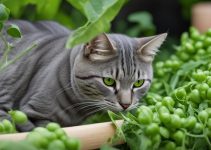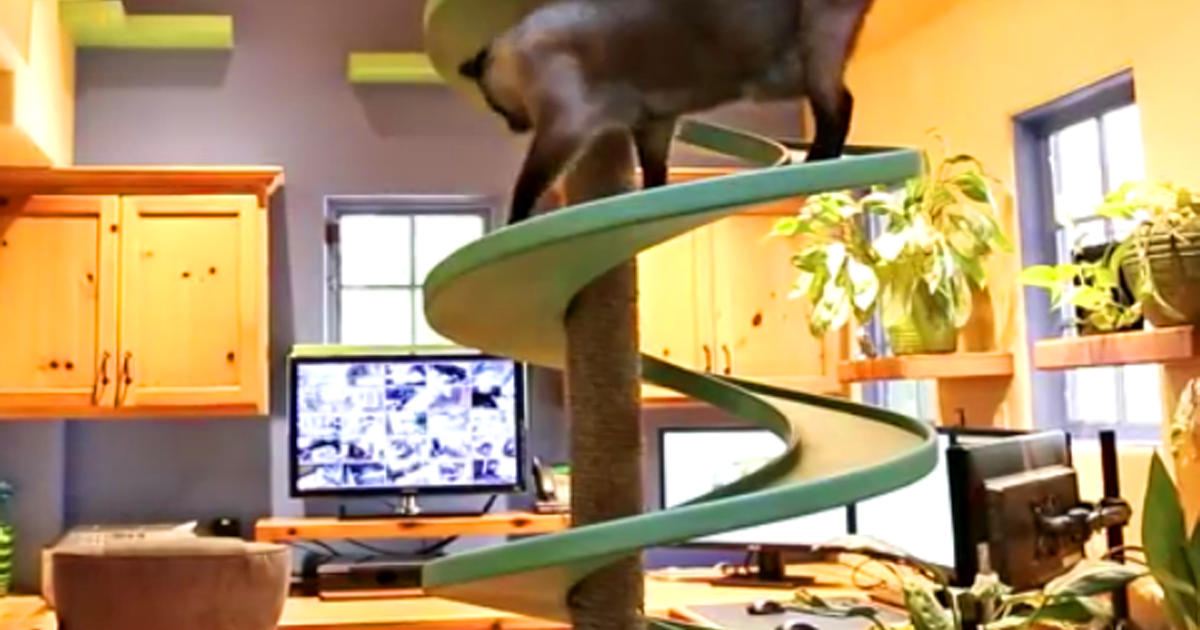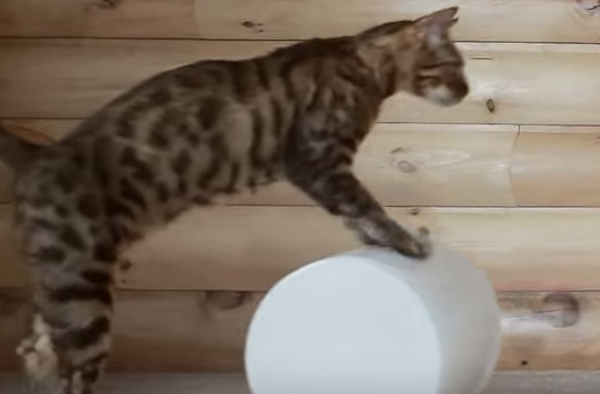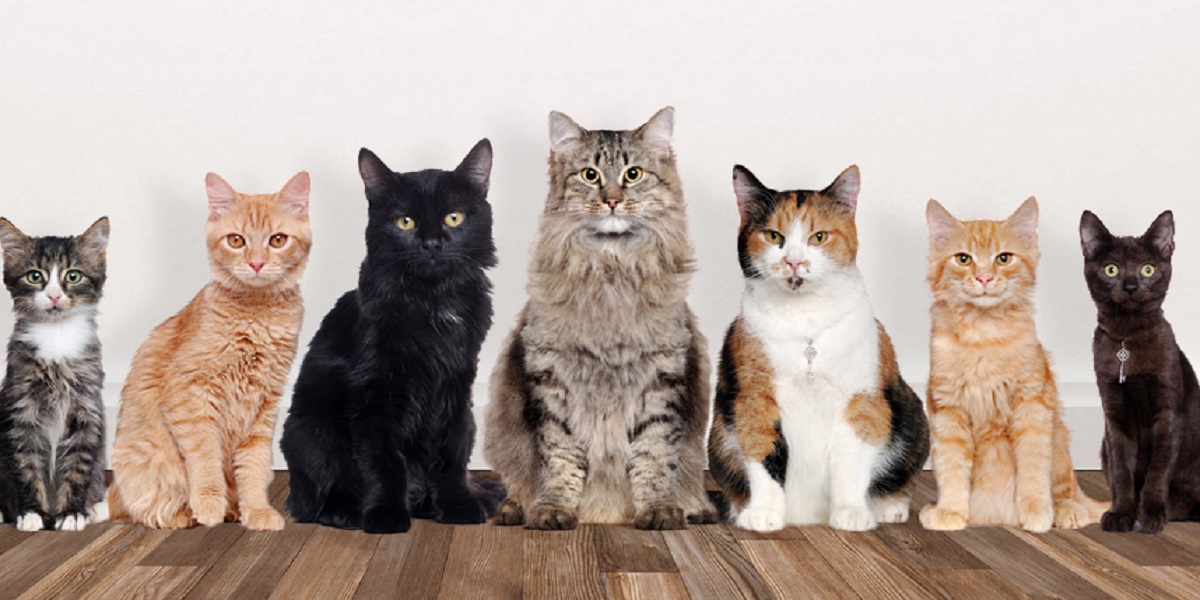Do you ever stare at your cat and wonder why they sleep? You’re not alone. Scientists still need to figure out why cats spend so much time lounging, but there are a few theories. Some experts believe that cat loafing is a way to conserve energy, while others think it’s simply a behavior born out of laziness.
One thing is for sure: cats seem to enjoy taking a break from the world and sleeping in whatever position strikes their fancy. So read on if you’re curious to learn more about your feline friend’s sleeping habits!
What is a Cat Loafing?
Loafing is integral to cat body language, giving insight into our cats‘ feelings and needs. When cats curl up in a small, tight ball with their tails tucked around their face and body, they display a sense of security and comfort. This position allows them to watch their environment while simultaneously protecting their vital organs from potential predators or threats.
Cats also engage in what is known as “head loafing,” where the cat tucks its head under one paw, often with the eyes barely visible peeking out from underneath the paw. This position indicates that your cat feels secure and content in her surroundings, allowing her to relax deeply without fear of being attacked by predators or other animals.
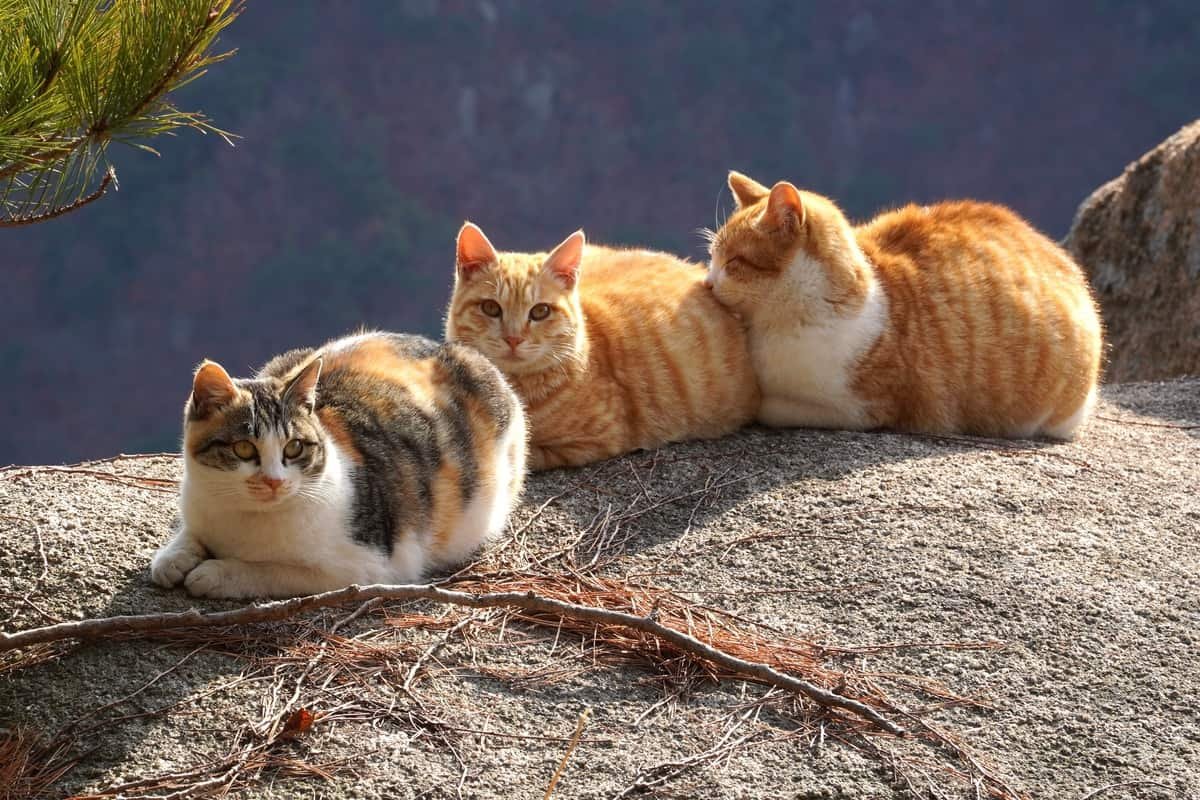
Types of Cat Loaf Position
The Classic Cat Loaf Position
This is the most popular type of cat loaf. When cats curl up into a tight little ball, it looks like they’re trying to make themselves as small as possible — almost like they don’t want to be seen! This position is excellent for cats since it conserves heat and protects them. This type of cat loaf also shows they are feeling happy and comfortable since cats usually lying with their paws tucked underneath them is considered relaxed.
The Stretchy Cat Loaf Position
In contrast to the classic cat loaf, some cats like to stretch out while they sleep or relax. The stretchy cat loaf is quite similar to the traditional — but instead of tucking their legs into their chest, these cats will extend one or both back legs behind them, creating an elongated shape that looks almost like a stretched-out letter S! Your cat doesn’t feel threatened. This version showcases your pet’s flexibility and charmingly shows off its long limbs.
The Sprawled-Out Cat Bread Loaf Position
Following the same idea as the stretchy cat loaf position, this type involves your pet fully spreading out its body on its side or back while still keeping its head tucked underneath one paw or another — making for yet another incredibly adorable scene! Again, your pet may do this if it feels extra secure in its environment, so if your kitty seems to be doing this often, chances are it’s feeling very safe in your home!
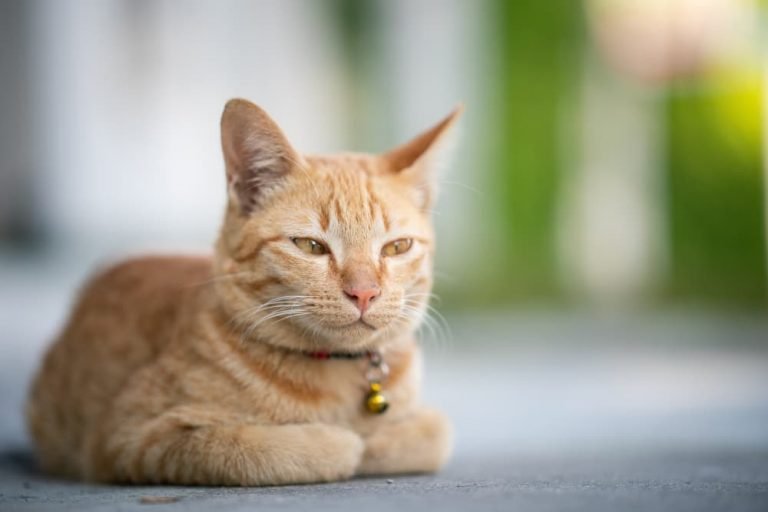
Cat Sitting Like a Loaf Positions Meaning
Your Cat Feels Safe
Cats feel safe when loafing because it allows them to remain alert while protecting vulnerable areas like their chest, neck, and abdomen from potential predators or threats. Additionally, head loafing provides an extra layer of protection since it makes it more difficult for predators to identify them as prey due to their low profile silhouette.
In addition to feeling safer when curled up in a ball, this position also helps conserve energy since cats don’t have to expend as much energy keeping themselves upright while staying alert for danger.
Paw Injury Is Pretty Common in Cats
Cats are known for their flexibility and agility, which require a full range of motion in the paws, legs, and spine. So when an injury occurs to one of these areas—such as a broken bone or torn ligament—it’s only natural for cats to limit their movement to protect themselves from further harm.
When cats loaf, they essentially immobilize their body so that the injured area can heal steadily without additional strain. This is why it’s so crucial for cat owners to keep the affected area clean and dry while their pet is loafing; if any dirt or debris gets into the wound, it could cause infection or further damage.
Thermoregulation (Conserving Body Heat)
Thermoregulation is maintaining a stable internal body temperature regardless of external environmental conditions. It’s a process used by many animals, including cats, to keep their bodies cool during hot weather and warm during cold weather. This conserves energy and keeps them from overheating or becoming too hard.
Why Do Cats Love Loafing?
Cats have evolved to be masters of thermoregulation, which is why they love loafing around and finding the warmest spots in your home. By curling up in a tight ball, cats trap heat close to their bodies and reduce heat loss through conduction with any hard surfaces they may be lying on. This allows them to conserve energy while staying comfortable in colder temperatures.
How Can I Help My Cat Stay Warm?
If you want to help your cat stay warm during cold weather, consider buying a heated bed or blanket. Heated beds typically come with an adjustable thermostat so you can set it just right for your cat’s comfort level—and some even come with removable covers for easy cleaning! You could also purchase an insulated pet house or tent for outdoor cats to stay warm when temperatures drop below freezing. Ensure it has plenty of insulation, so your cat stays cozy all winter long!
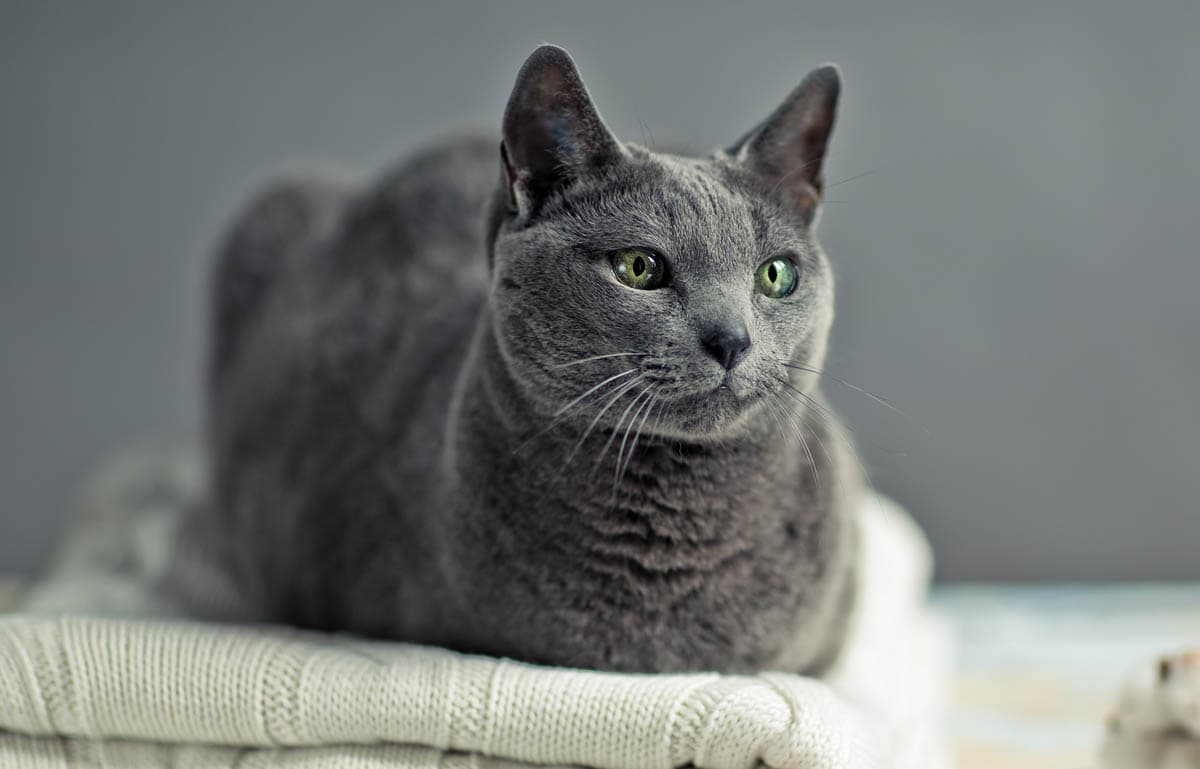
Illness
Cats are instinctively hardwired to hide signs of illness to protect themselves from predators. This instinct is known as “protective concealment,” It dates back thousands of years to the days when cats were wild animals trying to survive in a hostile environment. Today, this same instinctive behavior is displayed by domesticated cats when they are ill or injured, causing them to seek out quiet, safe spots away from all the home activity.
This behavior isn’t limited to cats; many other animals also exhibit protective concealment when feeling under the weather. Wild horses, for example, will stay away from the herd if they’re ill or injured so that predators don’t pick up on their vulnerability. This same principle applies to domesticated animals today; cats will use their natural camouflage instincts to hide away and avoid detection until they feel better.
Cat Are Masters at Hiding Aches
Your Feline is Ready to Pounce
Just because a cat looks relaxed doesn’t mean they aren’t ready to pounce at any moment. If you notice that your cat is sitting with all four paws flat firmly planted on the ground, their tail curled around them, eyes wide open with ears perked up—they are likely in the ready-to-pounce position. When cats are in this position, it usually means that they are alert and attentive. They may be watching something intently or preparing for an attack. The Kitty Has Chronic Disease
The Feline is Feeling Too Cold
A warm, soft blanket or an elevated bed will allow your cat to snuggle up and keep warm. If you can’t provide any of these items, ensure that your cat has an area of the house with thicker walls and plenty of insulation—this way, your feline can find relief from the outside chill and rest peacefully.
Keep Them Hydrated
Cats often dehydrate during winter due to less activity and lower temperatures. Ensure your cat has plenty of fresh water available at all times – this will help them stay hydrated and healthy throughout the season.
Dress Them Up (If They Will Allow It)
Not all cats enjoy wearing clothes or sweaters, but if yours does, then there is no harm in dressing them up for extra warmth during cold weather. Many pet stores carry clothing specifically designed for cats – look for lightweight pieces made from breathable fabric that won’t irritate their skin. The right outfit may make your cat feel more comfortable in colder temperatures!
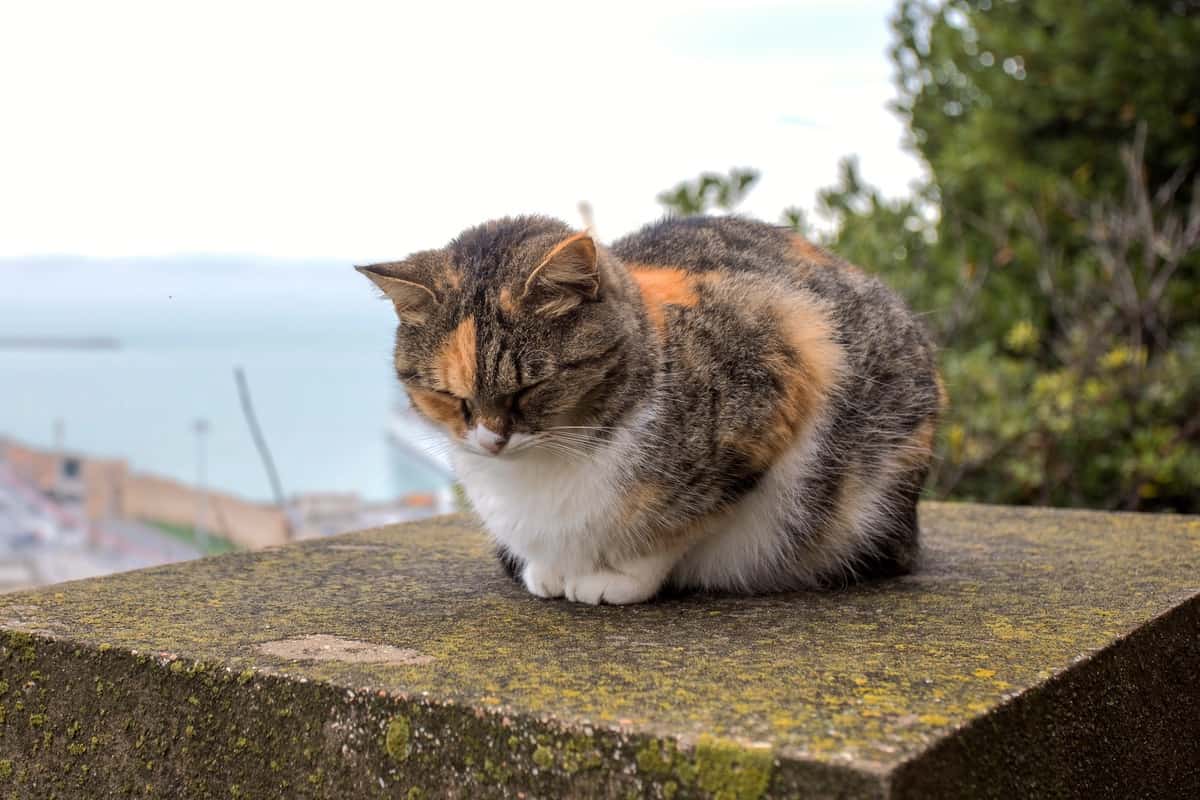
The Feline Has Chronic Kidney Disease
Several signs and symptoms may indicate your cat has CKD. These include excessive drinking and urinating, lack of appetite, weight loss, vomiting and diarrhea, visible changes in coat or skin condition, bad breath, and lethargy or depression. You should immediately visit your veterinarian if your cat has these symptoms.
Diagnosis & Treatment
Diagnosing CKD usually involves a complete physical exam by your veterinarian, blood tests, and urine tests. Once diagnosed with CKD, treatments are available to help manage the condition.
These include dietary changes such as switching to a lower-protein diet; fluid therapy, which helps flush out toxins; medications such as antibiotics or anti-inflammatory drugs; supplements like omega-3 fatty acids; and alternative therapies such as acupuncture or chiropractic care. Your veterinarian can recommend the best treatment option for your cat based on its specific needs.
Should I Get Worried When My Cat is Loafing?
If your cat is loafing around more than usual, it may cause concern. While some cats are naturally more active than others, drastic behavioral changes can indicate health problems or stressors in the home environment. For example, if your cat was recently adopted or has new roommates (your other pets!), they may feel more anxious than usual.
If this is the case, you should take them to the vet to rule out any medical issues causing their behavior change. Additionally, look for signs of stress, such as excessive grooming or hiding under furniture – these can indicate that something isn’t quite right with your pet’s mental well-being.
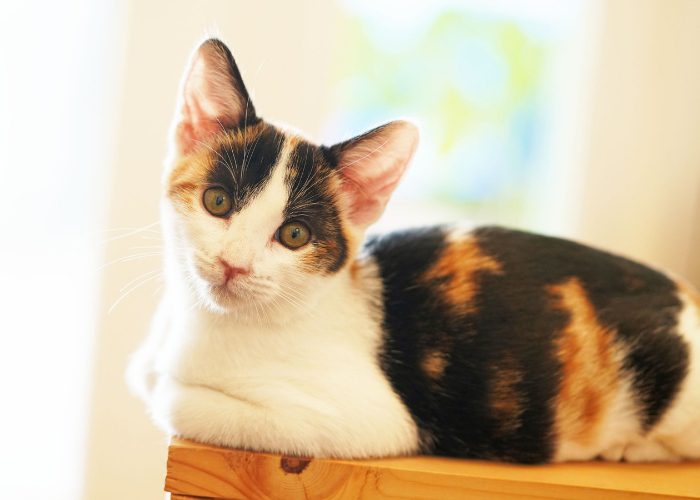
Final Thoughts
In conclusion, cats naturally tend to loaf due to their instinctive behaviors. However, Loafing can also signify that they’re feeling unwell or cold. If your cat is displaying signs of illness along with loafing, it’s essential to take them to the vet as soon as possible. Otherwise, providing a warm bed and plenty of hydration should help them feel comfortable and safe. With extra care, you can ensure that your cat is happy and healthy all year round!
Frequently Asked Questions
ARE CATS HAPPY WHEN THEY LOAF?
It is essential to take your cat’s health seriously. For example, if you notice that they are loafing or trying to curl up in a tight position constantly, it could indicate pain and require immediate vet care.
WHY DOES MY CAT LOAF AND STARE AT ME?
Cats can be quite affectionate, and if your cat is staring at or near your presence, it could mean one thing-they like what’s happening! For instance, cats rub their heads against ours while getting closer to us to show love. It might not seem obvious sometimes, but these behaviors speak volumes about the animals’ feelings for us humans.”
DO CATS KNEAD FOR PLEASURE?
Cats are social animals who inherit this behavior from their kittenhood. They engage in kneading because it’s an instinctive trait they have, which shows love and contentment when done correctly by your cat! If you’re feeling stressed, giving them gentle pats on the head will help soothe things down quickly.
WHY DO CATS LOAF ON YOUR CHEST?
Your Cat Loves You. It’s not just a comfy cat bed; their favorite place to lay is on top of you, and they’ll often do other things to get your attention!


